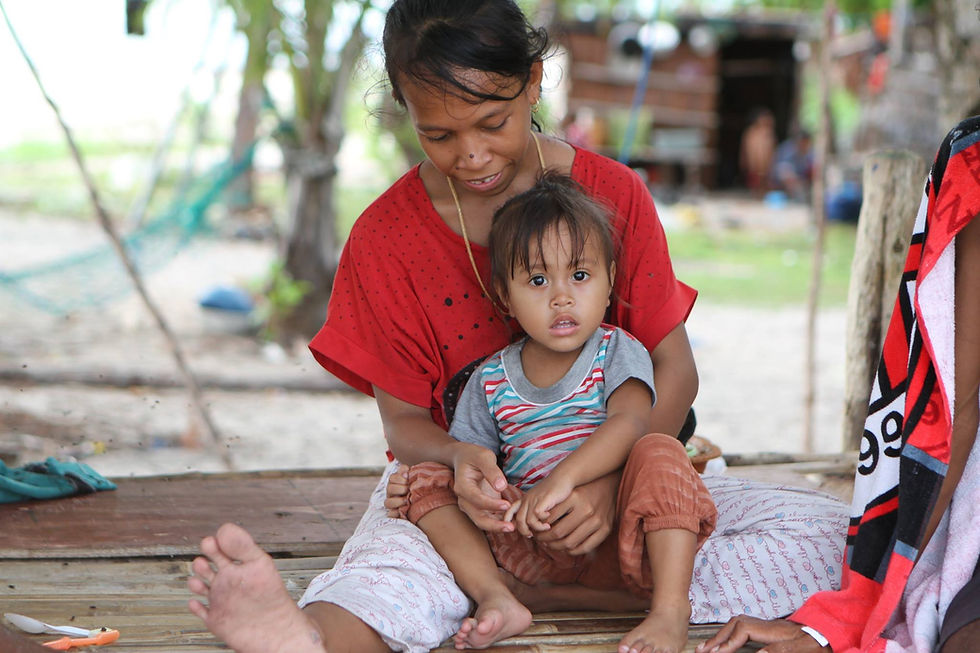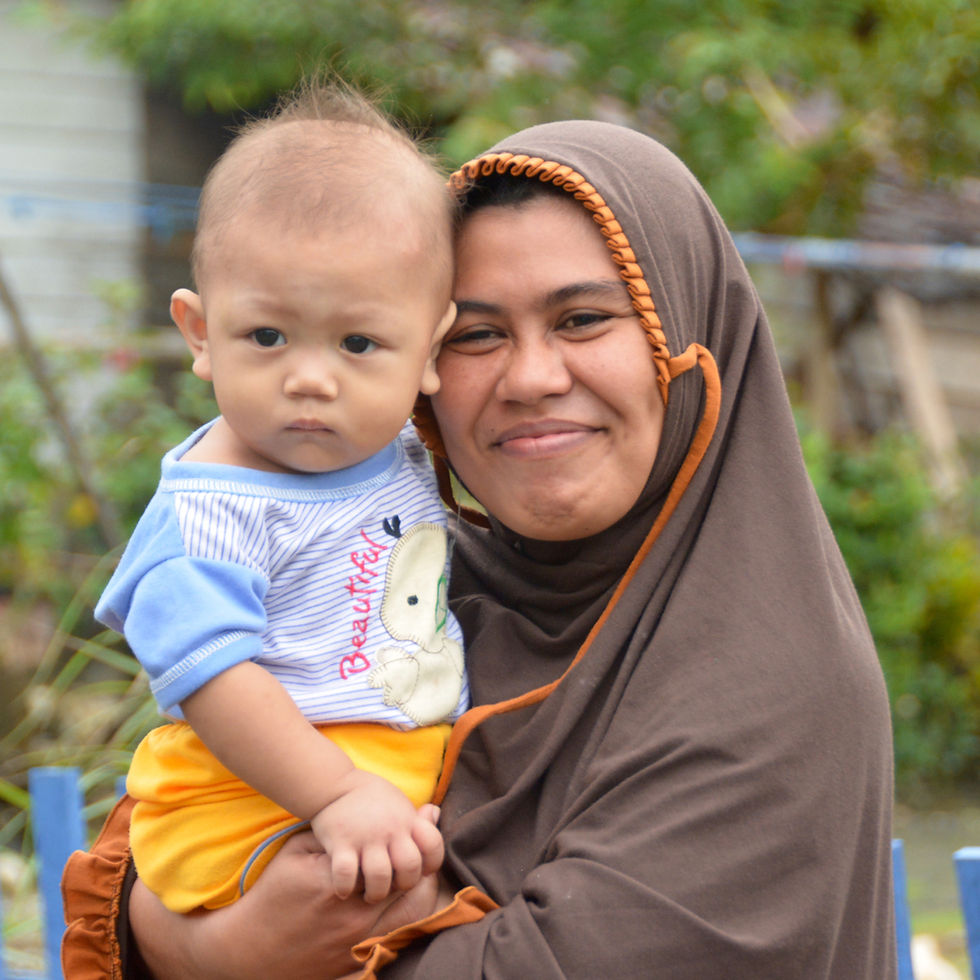THE PEOPLE WE VISIT




BAJO
The Bajo (also known as Bayo, Gaj, Luaan, or Lutaos) are a highly mobile maritime people found throughout the coastal areas of Sulawesi, Maluku, Kalimantan, Sumatera and East Nusa Tenggara. They can also be found in the neighboring countries of Malaysia and the Philippines. Their high mobility led outsiders to refer to them as "Sea Gypsies". In Eastern Indonesia, the largest number of Bajo are found on the islands and in the coastal districts of Sulawesi. They speak the language of Bajo.
BUNGKU
The Bungku (also called "To Bungku") live in the districts of North Bungku, Central Bungku, South Bungku and Menui, in the Poso regency of Central Sulawesi province. They are also found in several other areas of Sulawesi. The Bungku people are further divided into subgroups: Lambatu, Epe, Rete and Ro'Uta... Many marriages take place between the Bungku people and the immigrant peoples, hence the relationship between the groups is relatively good in this region.


Population 38,000



Population 334,000
MUNA
The Muna people (also called Wuna) live in the province of Southeast Sulawesi on the larger islands of Muna and the west coast of Buton and the smaller islands of Kadatua, Siompu, Bangkomalape, Tiworo and Telaga. Muna island is separated from Buton island by a strait stretching from north to south. According to tradition, the word muna was taken from the name of a hill with a "flowering rock". Today this place, Bahutara, has become a tourist attraction. The word wuna means "flower" in the Muna language. The Muna people are grouped into several sub-groups, but the largest division occurs in the middle of the islands of Muna and Buton.... The northern variety of the language contains markers that register different social levels depending on the person being addressed. Muna bears many similarities to the language of Buton and the history of Muna is closely tied with that of Buton.
TOLAKI
The Tolaki live in several districts in the regencies of Kendari and Kolaka in the southeast province of Sulawesi. They make up one of the largest people groups in the province. Historically the two most important kingdoms were the Mekongga kingdom on the west coast and the Konawe kingdom in the east. The Tolaki language is part of a larger linguistic grouping called the Western Bungku-Tolaki subfamily... Tolaki has two principal dialects, Konawe and Mekongga and several smaller dialects including Wiwirano, Asera and Laiwui.


Population 337,000



WAWONII
The Wawonii live on the island of Wawonii (the name means 'coconut mountain'), which is located off the southeastern coast of the major island of Sulawesi and on the tiny island of Menui to its north. For the Wawonii, the way of life is similar to their better known neighbors living on Buton and Muna islands. All of these groups once belonged to the sultanate of Buton. The sultanate included Buton, Muna, Kabaena and other small islands. The Sultan of Buton ruled the Wawonii through a hierarchy of advisors and officials. Local chiefs, who were selected from the families of their predecessors, lived in the capital. The Wawonii were under Dutch rule from 1910 until 1949 after which time they became part of the newly independent Indonesian nation... Wawonii has two dialects, which correspond to the two islands where it is spoken.
WAKATOBI
The island people formerly known as Tukang Besi (iron worker) in Southeast Sulawesi is now more commonly referred to as Wakatobi, which is an acronym from the four islands they live on: Wangi Wangi, Kaledupa, Tomia and Binongko, in the Wakatobi District. They consist of nine indigenous communities: Wanci, Mandati, Liya, Kapota, Kaledupa, Waha, Tongano, Timu dan Mbeda-beda. Each island has its own dialect, but people from different islands can understand each other when communicating.


